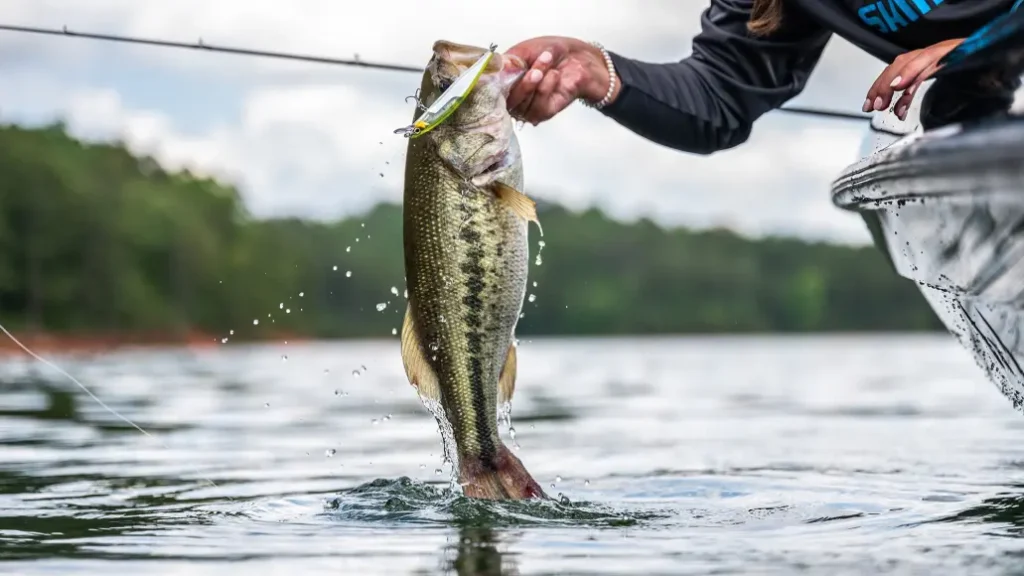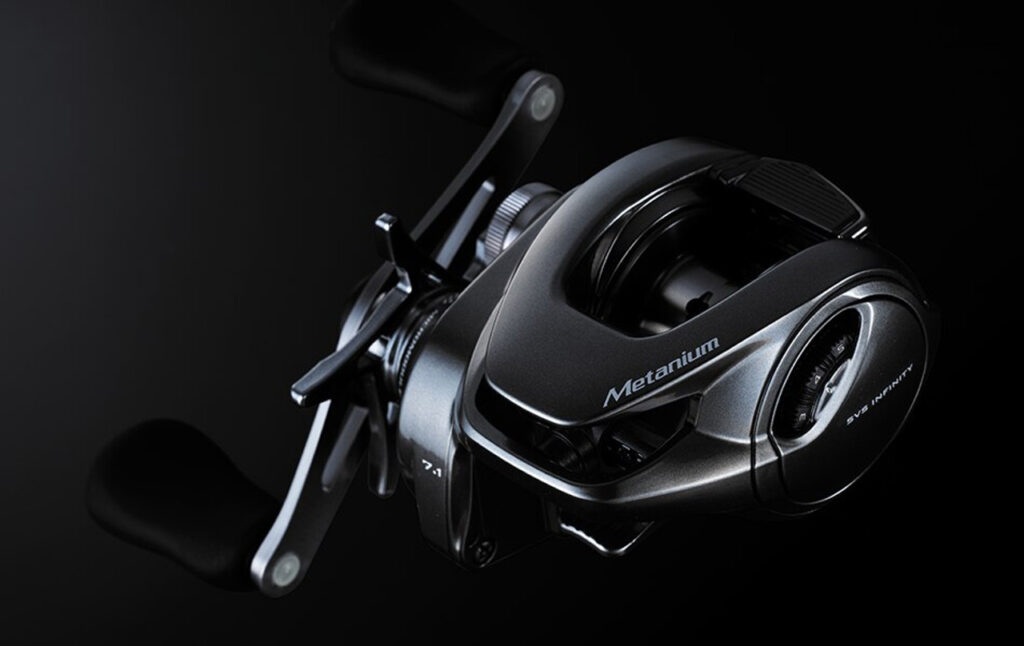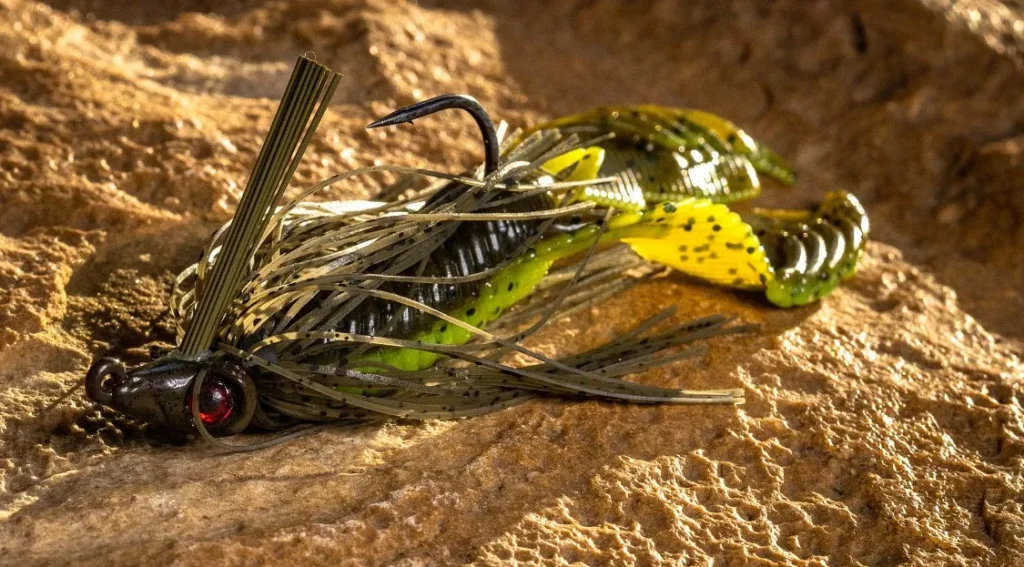If you’re an angler or simply fascinated by fish behavior, understanding how and why bass feed the way they do is essential. Bass, including largemouth and smallmouth varieties, are among the most targeted freshwater game fish in North America. Their feeding habits are shaped by environmental factors, seasonal shifts, and prey availability. Decoding these habits can significantly increase your success on the water.
1. Understanding the Bass Diet
Bass are opportunistic predators. Their diet primarily includes smaller fish like shad, bluegill, and minnows, but they’re also known to consume crawfish, frogs, insects, and even small mammals when available. The diversity in their diet means bass are adaptable and can shift feeding behavior based on what’s abundant.
2. The Role of Water Temperature
Water temperature plays a critical role in dictating bass feeding behavior. During warmer months, bass are more active and tend to feed more aggressively. In contrast, colder water slows their metabolism, making them more lethargic and selective about striking prey.
- Spring: As waters warm, bass enter pre-spawn and spawn phases. Feeding intensifies, especially on high-protein meals like crawfish.
- Summer: Bass may retreat to deeper, cooler water during midday heat but often feed during early morning and evening.
- Fall: Bass go into a feeding frenzy to bulk up for winter, following baitfish into shallows.
- Winter: Feeding slows considerably; smaller, slower presentations are more effective.
3. Bass Senses and Hunting Style
Bass rely heavily on their lateral line to detect vibrations and movement in the water. This helps them locate prey even in murky or low-light conditions. Vision also plays a key role, especially in clear water, where lure color and presentation become more important.
They are ambush predators, often hiding near cover—such as submerged logs, weed beds, or drop-offs—waiting to strike unsuspecting prey.
4. Feeding Triggers
Understanding what triggers feeding can make or break your fishing strategy. Factors that trigger feeding include:
- Barometric Pressure Drops: Often associated with incoming weather fronts, these can stimulate aggressive feeding.
- Moon Phases: Full and new moons can increase feeding activity, especially at night.
- Wind and Water Movement: These stir up prey and oxygenate water, encouraging bass to feed more actively.
5. Matching the Hatch
The concept of “matching the hatch” means using lures or baits that resemble the natural prey in the environment. Observing what baitfish or insects are present can help you select the right color, size, and type of lure. A realistic presentation increases the likelihood of triggering a strike.
Final Thoughts
Decoding bass feeding habits isn’t just about catching more fish—it’s about developing a deeper understanding of aquatic ecosystems and predator-prey relationships. With the right knowledge and some time on the water, you can anticipate where bass are feeding and what they’re feeding on, giving you a strategic edge.








